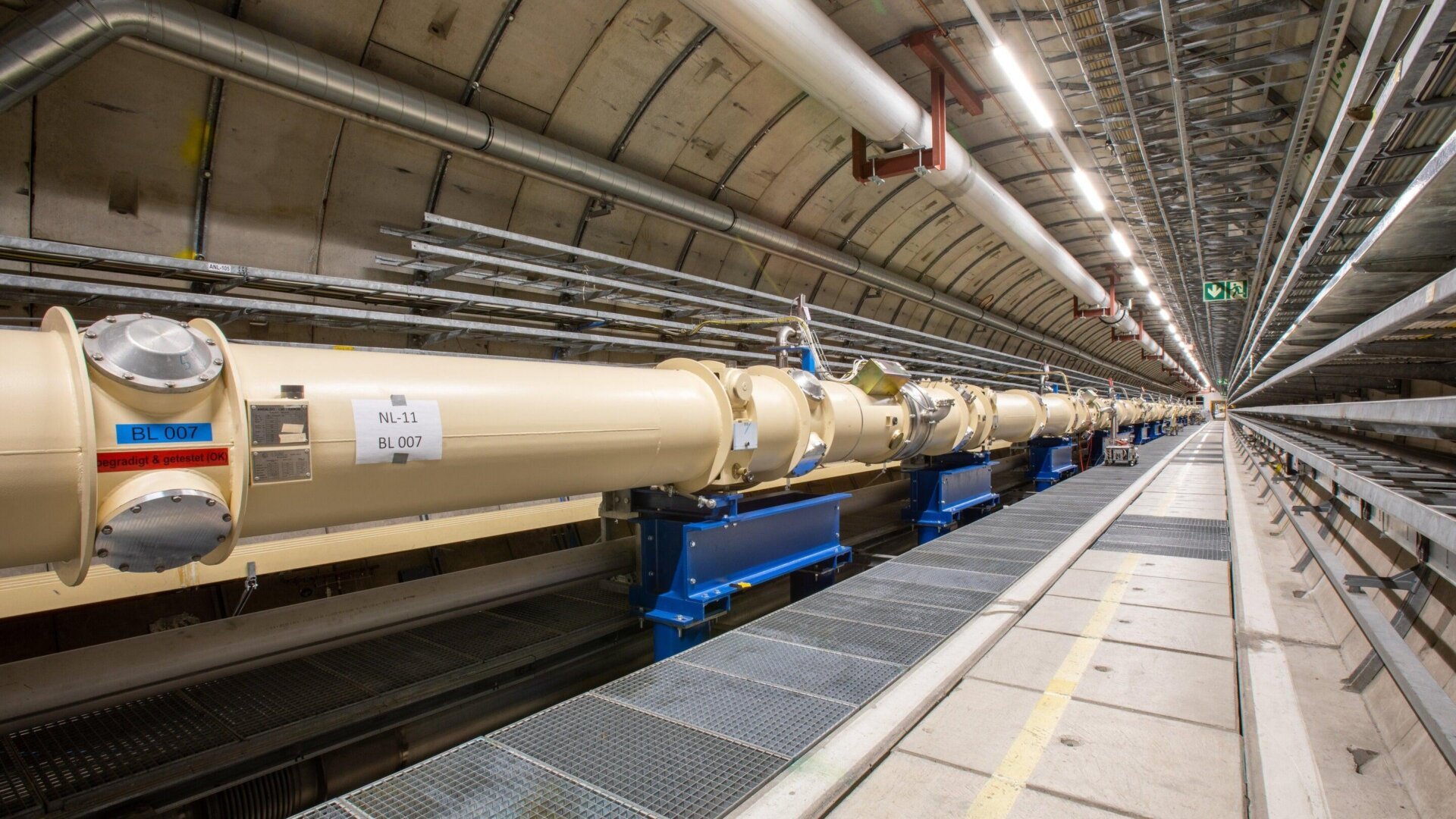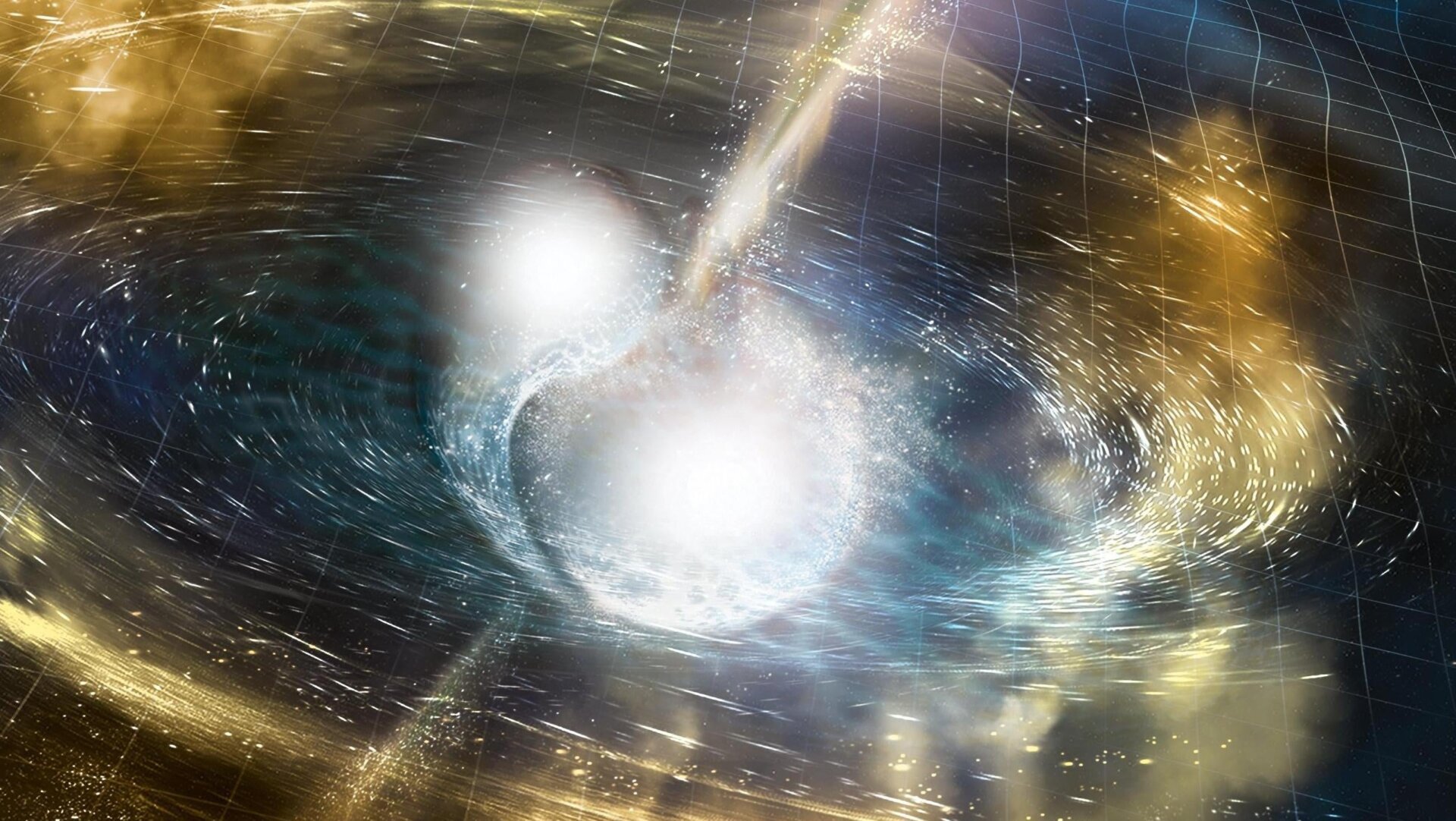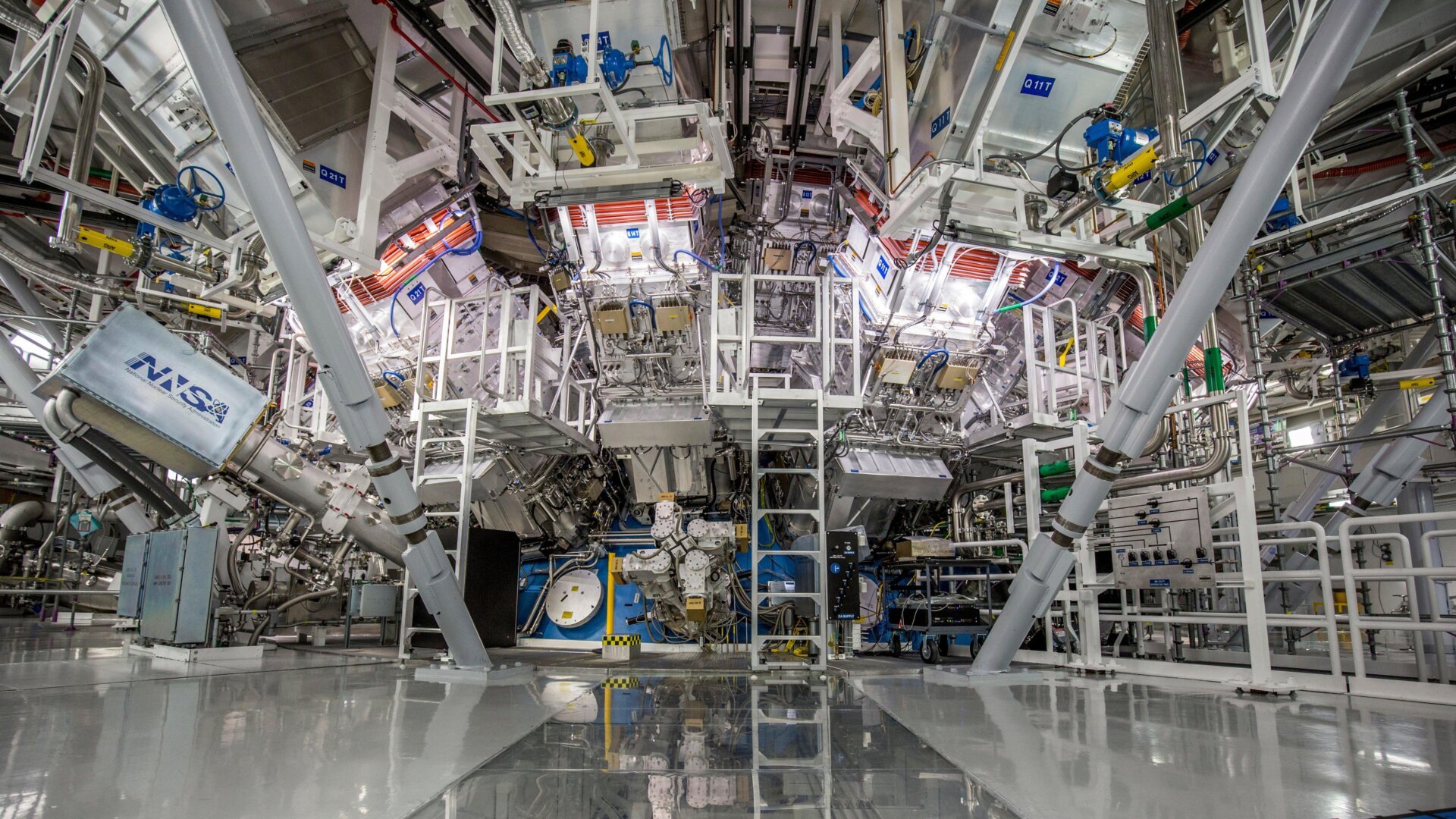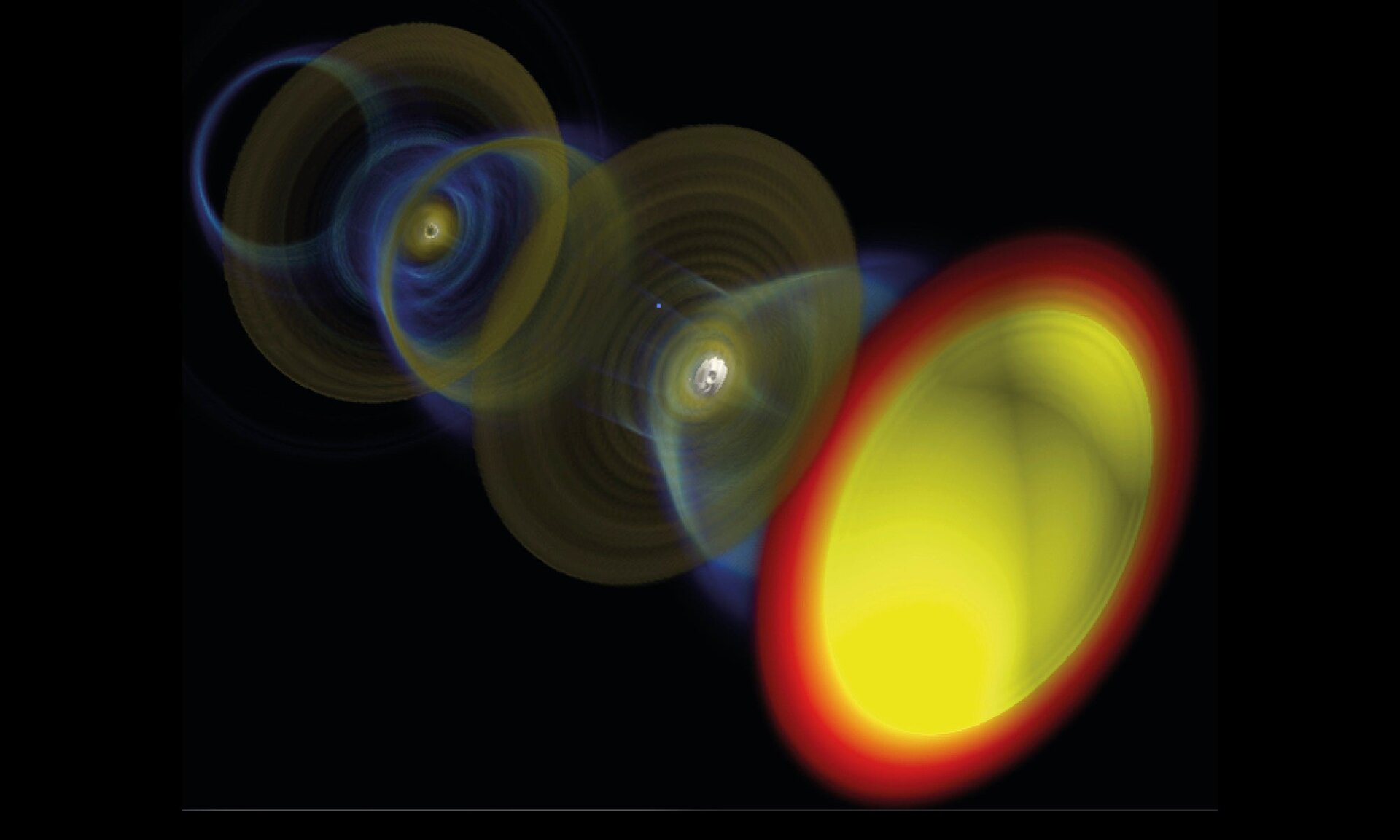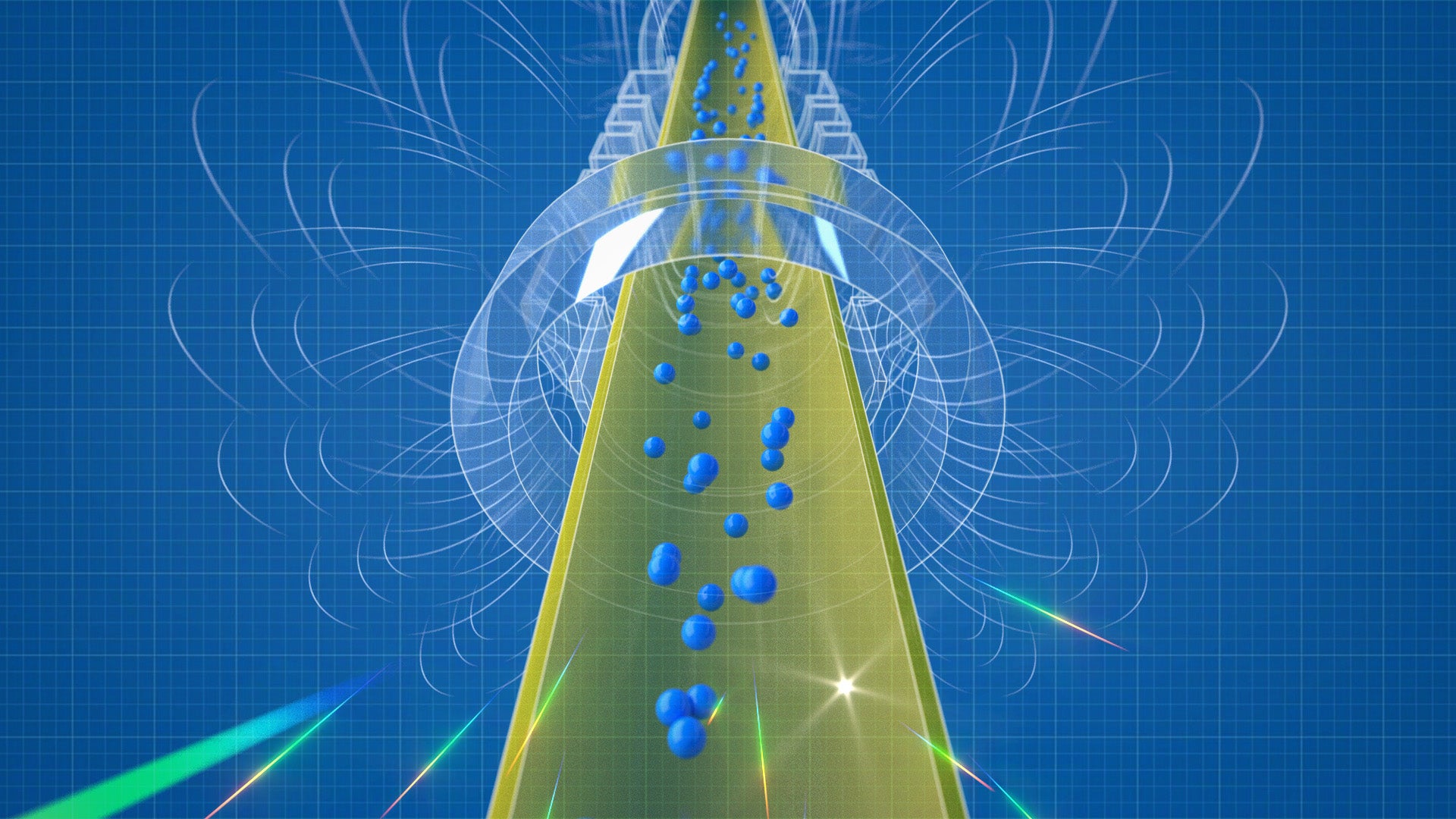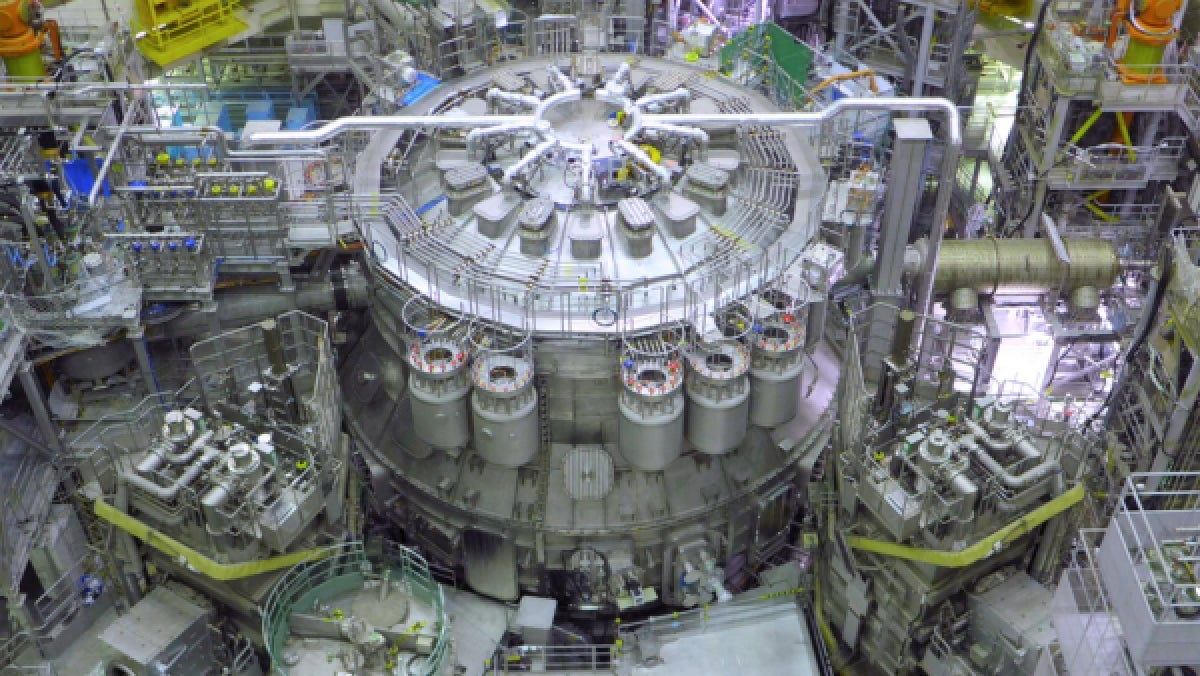The quest to understand dark matter, the elusive substance comprising 27% of the universe, has taken a significant leap forward. On May 23rd, physicists initiated the ALPS II experiment at DESY (Deutsches Elektronen-Synchrotron), a groundbreaking 820-foot-long apparatus designed to detect axions, hypothetical particles believed to be key components of dark matter.
While the presence of dark matter is inferred through its gravitational effects on visible matter, its composition remains a mystery. ALPS II aims to shed light on this enigma by searching for axions, elementary particles theorized to be so minuscule that they behave more like waves than particles, akin to photons of light. Another dark matter candidate, dark photons, are also thought to exhibit similar wave-like properties.
Several candidates for dark matter exist, but axions and Weakly Interacting Massive Particles (WIMPs) are the leading contenders. Axions, named after a laundry detergent, are significantly smaller than WIMPs. A unique property of axions is their potential to spontaneously convert into photons and vice versa. ALPS II capitalizes on this characteristic, employing powerful magnets salvaged from DESY’s retired HERA accelerator to create a magnetic field facilitating this photon-axion interplay.
The experiment is divided by a light-impermeable wall. The premise is simple yet profound: if light appears on the far side of the wall, it suggests a photon transformed into an axion, traversed the barrier, and then reverted back into a photon. This would provide strong evidence for the existence of axions.
However, the probability of this photon-axion-photon oscillation is incredibly low. Axel Lindner, project leader at DESY and spokesperson for the ALPS collaboration, described the odds as “like throwing 33 dice and them all coming up the same.”
Initially, ALPS II will operate in an “attenuated mode” to minimize background light interference, which could lead to false positives. Full sensitivity is anticipated later this year, with a mirror system upgrade planned for next year. The first data is expected in 2024.
Even if ALPS II doesn’t detect axions, it will significantly refine the search parameters. Lindner explained that the experiment will “shift the exclusion limits for ultra-light particles by a factor of 1000,” a major advancement in narrowing down the potential mass range for these elusive particles.
ALPS II joins other prominent dark matter detectors, such as LUX-ZEPLIN in South Dakota and XENON1T in Italy, in the ongoing pursuit to unravel the mysteries of dark matter and gain a deeper understanding of the universe’s fundamental building blocks.
This ambitious endeavor holds the promise of unlocking fundamental truths about the universe, paving the way for a new era in physics and cosmology.



